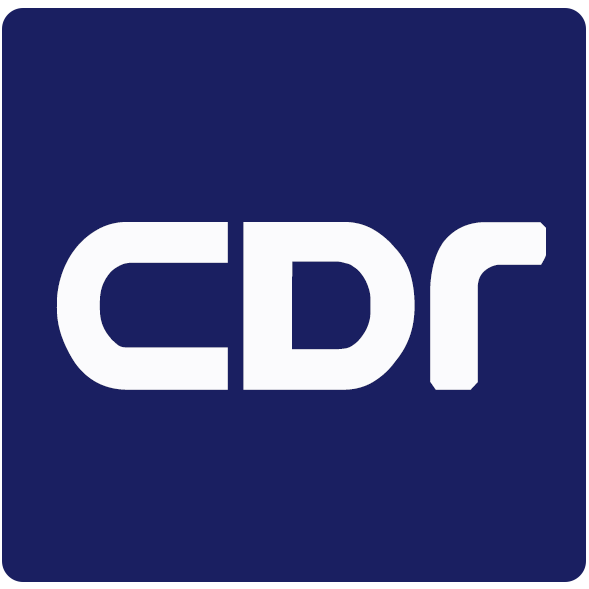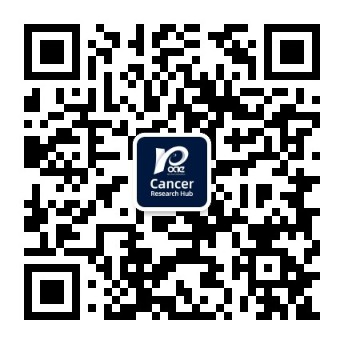fig1

Figure 1. B cell signaling pathway. The recognition of antigen by the BCR initiates BCR signaling cascade by phosphorylation of CD79, resulting in SRC and non-SRC kinase activation. These kinases in proximal BCR signaling phosphorylate signal molecules such as BTK, PCLγ2, and BLNK, which form signalosome. DAG produced by PCLγ2 activates both Ras-ERK and IKK-NFκB pathways. Another product of PCLγ2, IP3, activates the calcium-NFAT pathway. Upon the phosphorylation costimulatory molecule, CD19, the activation of the PI3K-AKT pathway is initiated[1]. The various drugs targeting this pathway are shown, including BTKi, SYKi, SRCi, PI3Ki, mTORi, BTKi, MALT1i, MAPK pathway inhibitors, BH3 mimetics, and exportin inhibitors with the targets for these drugs highlighted in red. BCR: B-cell receptor; CD79: cluster of differentiation 79; SRC: proto-oncogene c-SRC; BTKi: Bruton’s tyrosine kinase inhibitor; PCLγ2: phospholipase C gamma 2; BLNK: B-cell linker; DAG: diacylglycerol; NFAT: nuclear factor of activated T-cells; CD19: cluster of differentiation 19; PI3K-AKT: phosphatidylinositol 3-kinase-protein kinase B; SYKi: spleen tyrosine kinase; SRCi: proto-oncogene c-Src inhibitor; PI3Ki: phosphatidylinositol 3-kinase inhibitor; mTORi: mammalian target of rapamycin inhibitor; MALT1i: mucosa-associated lymphoid tissue lymphoma translocation 1; MAPK: mitogen-activated protein kinase; BH3: B-cell lymphoma-2 homology domain 3.











